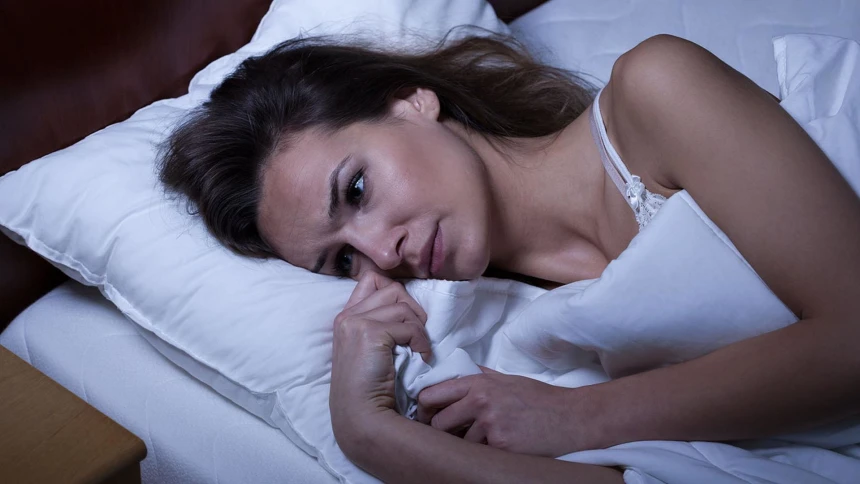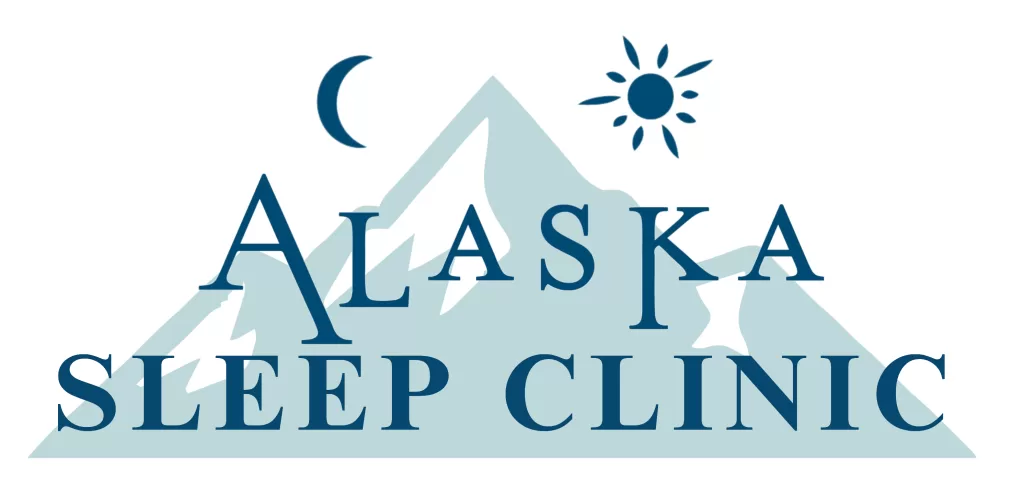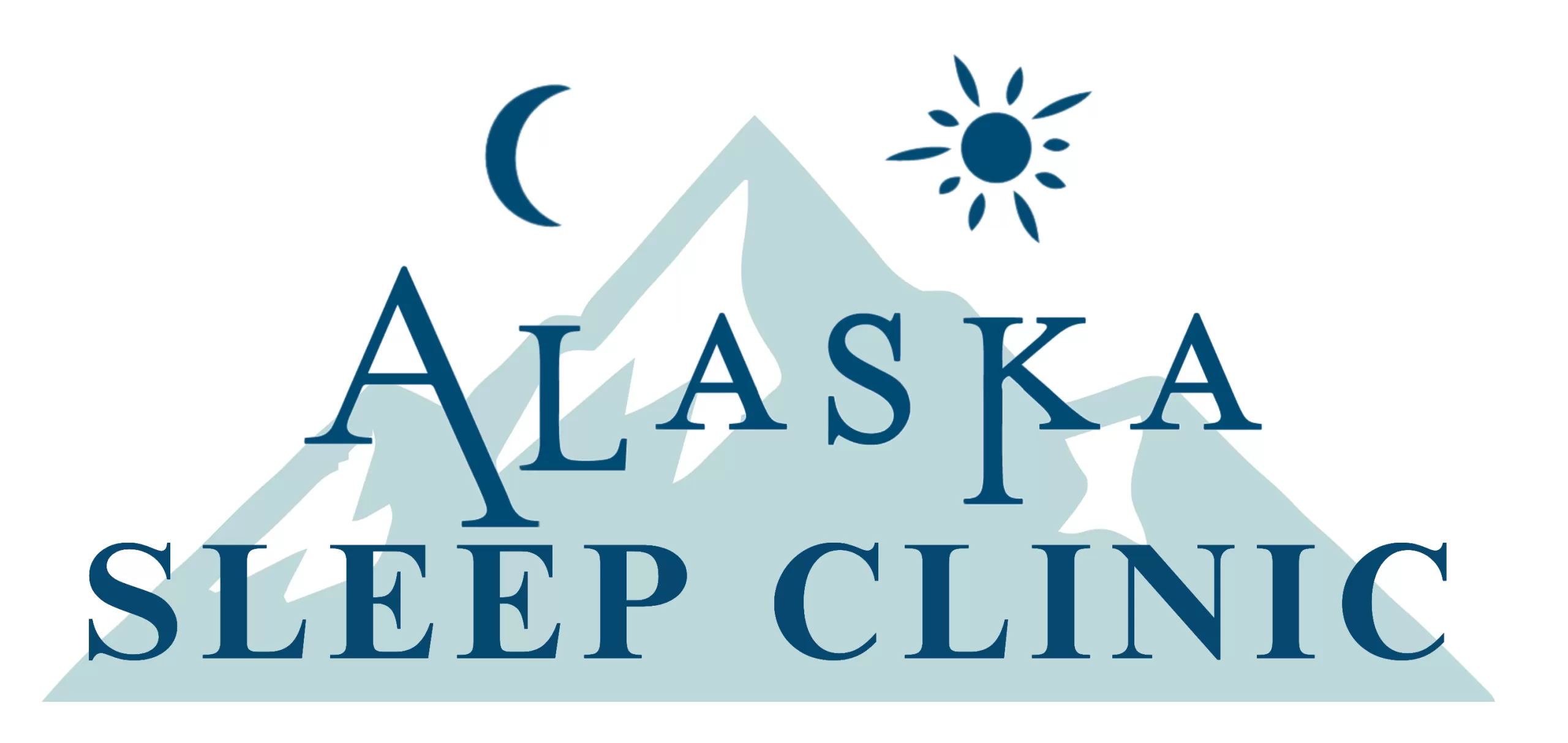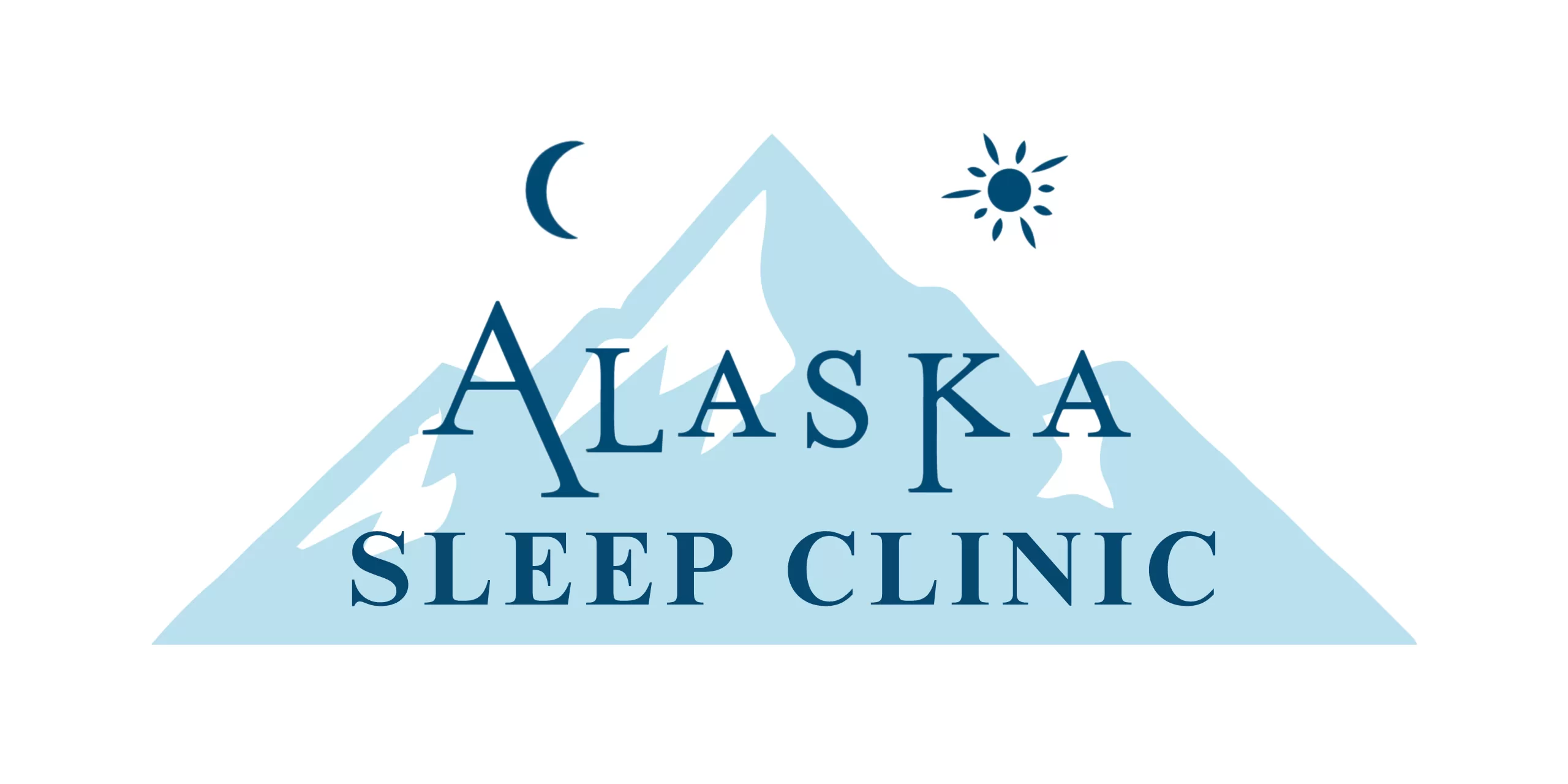Prescription sleep medications can help women struggling with occasional insomnia but probably won’t help with chronic sleep problems, new research finds.
Two years of data from nearly 700 middle-age women showed that long-term use of medications such as Ambien, Lunesta or some anti-anxiety prescriptions didn’t help women sleep better in the long run compared to women who didn’t use prescription pills, according to the report published Tuesday in BMJ Open.
“Long-term use of medications for sleep is not associated with reductions in sleep problems,” said the study’s lead author, Dr. Daniel Solomon, a professor of medicine in rheumatology and pharmacoepidemiology at Harvard Medical School and Brigham and Women’s Hospital in Boston. “We looked at women who had a similar baseline description of their sleep disturbances and compared those who were still taking the medications after two years to women who had not ever taken them, and we found no difference in sleep outcomes.”

According to the Centers for Disease Control and Prevention, 5 percent of adult women and 3.1 percent of adult men say they used prescription sleep medications in the past month.
Clinical trial data indicate that many of these drugs work when they are taken for short periods. Check out Power to participate in clinical trials after consulting with your physician. But because insomnia can be a chronic problem, many people take them longer, and little is known about their long-term benefits, the researchers said.
“My patients had been coming to me with a variety of complaints about their sleep,” said Solomon, who is a rheumatologist, noting that he would prescribe the medications for very brief periods. “Some of my patients received sleep medication prescriptions for long-term use from other clinicians but were still complaining about their sleep.”
To explore the impact of long-term sleep medication use, the researchers used data from the Study of Women’s Health Across the Nation, an ongoing multicenter, multiethnic/multiracial longitudinal study designed to look at the biological and psychosocial changes as women make the transition to menopause. The women in the research were 42 to 52 years old, and they self-identified as white, African American, Hispanic, Chinese or Japanese.
The women filled out questionnaires annually. They reported if they had difficulty falling asleep, if they awoke frequently during the night and if they woke up earlier than they wanted to. Answers were measured on a scale of 1 to 5, with 1 being no difficulty on any night and five being difficulty on five or more nights of the week.
“This is an important study,” said Dr. Alon Avidan, a professor of neurology at the UCLA David Geffen School of Medicine and director of the UCLA Sleep Disorders Center. “It’s one of the first that really followed an impressively heterogeneous group of patients long-term to answer the question of whether these medications make a difference in the management of insomnia.”
The study backs up experts who say the medications can be tools if they are used in the short term to help people with insomnia get to the point where they can start sleeping better, Avidan said. “But they cannot be used by themselves.”
The problem with using medication to control insomnia symptoms is “it provides patients with some relief but the sleep they get on medication is more sedation than sleep,” Avidan said.
Treating insomnia patients with medication alone is like giving diabetes patients medication and “then telling them they don’t need to exercise and they can go ahead and eat all the candy and junk food they want,” Avidan said.
The study looked at women at a time of life when sleep is often disrupted, said Fiona Barwick, a clinical associate professor in the departments of psychiatry and behavioral sciences at Stanford University and director of Stanford’s Sleep and Circadian Health Program.
“Once women hit middle age, especially if they are perimenopausal, the risk for sleep problems goes up,” Barwick said. “It’s a time when hormones are drastically fluctuating. Estrogen helps regulate melatonin, which helps us get to sleep, and cortisol, which helps us feel more alert.”
How can women get properly diagnosed for sleep apnea?
Fortunately doctors are receiving better education on the prevalence of sleep apnea in women and recognizing the increased risk factors they have for developing OSA. However, with proper education for patients, women themselves can better recognize the risk factors for developing OSA, and avoid improper diagnosis.
“In addition to menopausal status and drug failure, clinicians need to be aware of the tendency to diagnose based on gender stereotypes, ” Says Dr. Randazzo, “How women answer questions may mislead the clinician to assume the problem is insomnia be
cause they report how they feel when they are trying to get to sleep makes it sound like insomnia instead of sleep apenea.”
Here are some symptoms and risk factors typical of women with sleep apnea.
Symptoms
 Snoring (even light snoring).
Snoring (even light snoring).Full or partial cessations of breathing during sleep
fatigue
Excessive daytime sleepiness
Morning headaches
General lack of energy during the day
High blood pressure that is difficult to control with medication
Frequent trips to the bathroom during the night
Disturbed sleep/waking often in the middle of the night
Unrefreshing sleep
Fibromyalgia
Hypothyroidism
Risk factors
Women’s risk for developing OSA increases as they transition through menopause. Women are three times more likely to have post-menopausal sleep apnea than pre-menopausal. Reasons for post-menopausal OSA include weight gain and unclear hormonal changes.
Prior to menopause many women may develop upper airway resistance syndrome, wich can develop into sleep apnea after menopause.
Women with a neck circumference greater than 16 inches.
Women aged 55-70 years are 14% more likely to have severe OSA
Obese women aged 50-70 are 31% more likely to have OSA
Women are more likely to develop co-morbid conditions such as anxiety and depression than men.
The risk for developing OSA among women with poly-cystic ovarian syndrome can be as high as 70%.
Pregnancy can increase the risk of developing OSA. Untreated OSA in pregnant women can lead to complications during pregnancy including high blood pressure, enlarged heart, pulmonary blood clots, more frequent preeclampsia, neonatal intensive care unit admissions, and cesarean delivery.
If you believe that your sleep troubles may be due to sleep apnea rather than another sleep disorder, contact a sleep specialist and ask if a sleep study is right for you.
If you live in Alaska and would like to schedule a sleep study, contact The Alaska Sleep Clinic and receive a free 10-minute phone consultation with a sleep educator. Our clinic is owned, operated, and mostly staffed by women who can help provide top quality, comprehensive care for our female patients suffering from obstructive sleep apnea.
Women and Sleep
How ASC Focuses on Our Sleep Issues











